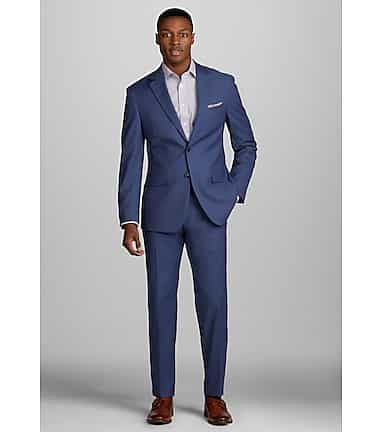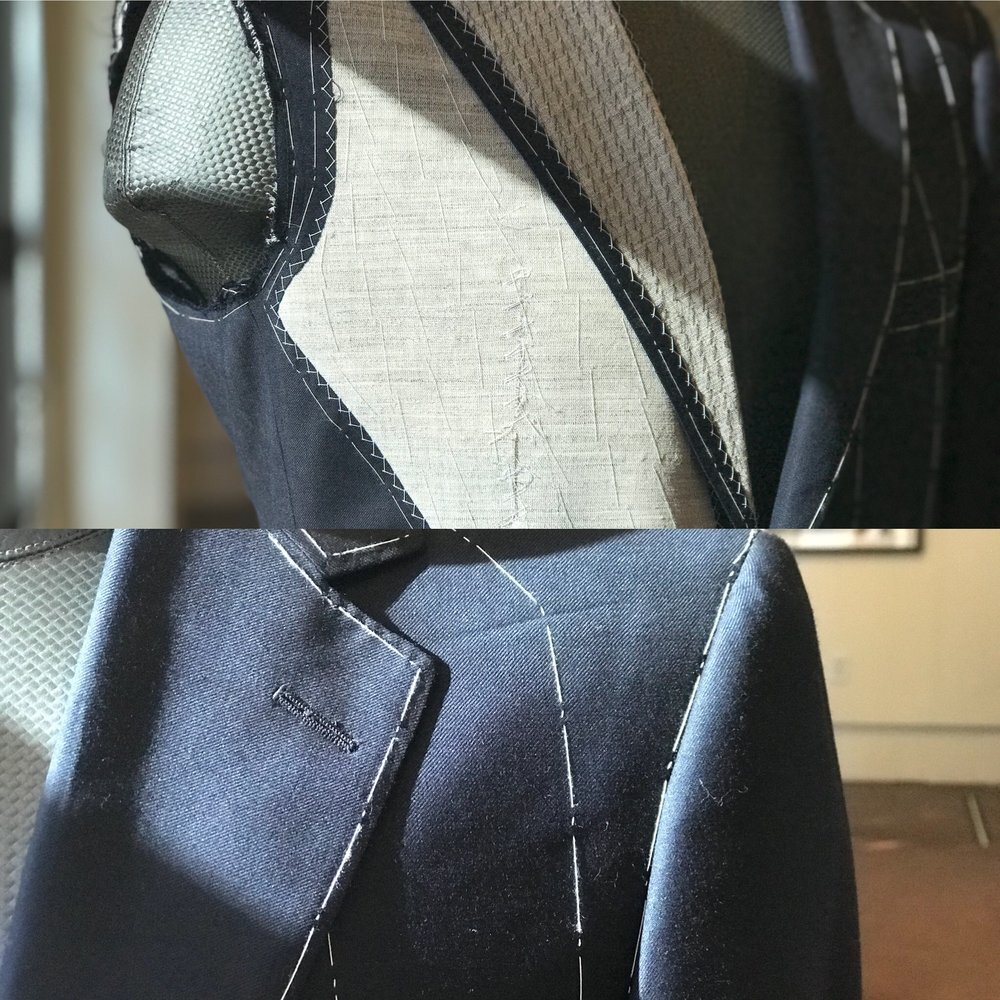Tailored Suits Perth: Raise Your Design with Custom Suits
Tailored Suits Perth: Raise Your Design with Custom Suits
Blog Article
Understanding the Tailoring Process: From Textile Selection to Final Suitable for the Perfect Closet
The tailoring procedure is an intricate interaction of art and science, starting with the important decision of fabric selection and finishing in the exact modifications of final installations. Each textile kind brings distinct high qualities that influence not just the visual charm yet additionally the garment's longevity and suitability for various events.
Importance of Fabric Option
Selecting the appropriate fabric is vital in the customizing process, as it directly influences the comfort, resilience, and total aesthetic of the last garment. The choice of textile sets the structure for the garment's performance, functionality, and design. Different fabrics have one-of-a-kind residential properties, such as breathability, stretch, and weight, which can considerably affect exactly how the garment drapes and fits the body.

A customized item made from a proper textile not only showcases craftsmanship yet also boosts the user's self-confidence. As a result, understanding the nuances of textile choice is extremely important for any tailoring venture. It makes sure that the final product not just satisfies the visual wishes of the client however also aligns with functional demands, therefore achieving a harmonious equilibrium between type and function in the customized closet.
Kinds of Fabrics and Their Uses
Understanding the numerous sorts of fabrics offered is vital for making informed choices throughout the customizing procedure. Each fabric possesses special characteristics that determine its suitability for details garments and occasions.
Cotton, recognized for its breathability and softness, is suitable for laid-back wear and summer season apparel. Its convenience enables it to be tailored right into whatever from tee shirts to dresses. Wool, on the other hand, is favored for its heat and framework, making it a superb selection for official suits and outerwear. Its natural elasticity helps garments maintain form over time.
Silk shows high-end and is lightweight, making it best for eveningwear and fragile shirts; nevertheless, it requires cautious handling because of its fragility. Linen, with its distinctive finish, is a prominent choice for cozy environments, supplying a crisp and ventilated feel, but it wrinkles quickly, which might impact the garment's appearance.
Synthetic fabrics, such as polyester and nylon, offer resilience and resistance to creases, making them appropriate for daily wear and energetic clothes. Comprehending these material kinds and their residential properties allows for much better decision-making, guaranteeing that each tailored item not just fits well however likewise lines up with the designated purpose and occasion.
The Tailoring Techniques Explained
The art of customizing relies upon a selection of methods that transform fabric into well-fitted garments. Central to this procedure is pattern composing, where a tailor creates templates based upon the customer's measurements and desired design. This first step guarantees that the garment will fit the user appropriately before any kind of reducing happens.
Once patterns are developed, cutting techniques enter play. Accuracy is critical as errors can cause misfitting garments. Tailors typically utilize numerous cutting methods, such as single-layer reducing for elaborate designs and multiple-layer reducing for efficiency on typical patterns.
Basting is one more important strategy, enabling dressmakers to briefly sew material pieces with each other for a preliminary installation (wedding suits perth). This technique supplies the chance to analyze the drape and general shape before last sewing
Seaming techniques, consisting of flat-felled seams and French seams, boost the garment's longevity and visual appeal. Tailors likewise use methods such as interfacing and extra padding to provide framework and form to particular locations, like collars and shoulders.
Last but not least, basics completing methods, consisting of hemming and edge completing, make certain the garment's longevity while supplying a sleek look. Together, these methods create the backbone of effective customizing, causing exquisite, custom-fit clothing.

Fitting Adjustments and Factors To Consider
After the preliminary tailoring strategies have actually been applied and the garment is constructed, suitable modifications become extremely important to attaining the ideal fit. These adjustments resolve different aspects of the garment, guaranteeing it contours to the wearer's physique and improves overall look.

The surge of pants is an additional critical aspect; it ought to rest conveniently over the hips without causing discomfort, allowing for simplicity of activity. Hemming lengths for you can try here both trousers and skirts should show the wearer's preferred style while respecting proportions.
In addition, attention ought to be provided to the back of the garment, ensuring that there are no undesirable pulls or excess material - wedding suits perth. Each change must be carefully taken into consideration, as also minor alterations can significantly influence the general fit and aesthetic of the tailored item, eventually bring about a closet that shows self-confidence and elegance
Keeping Your Tailored Garments
Always comply with the treatment tag guidelines, which might recommend dry cleansing for delicate fabrics or equipment cleaning for more long lasting products. Prevent constant laundering, as this can wear down the fabric and modify the garment's form.
Storage space is just as important; use padded hangers for coats and coats to preserve shoulder structure, and shop pants folded up neatly or hung to avoid creasing. Shield garments from straight sunlight, which can discolor shades and damages fibers.
In addition, regular examinations for small repairs read more can protect against bigger problems. Examine for loosened switches, tearing joints, or signs of moth damages, addressing these troubles promptly to maintain the garment's integrity.
Last but not least, take into consideration seasonal turning. Wearing customized items in small amounts permits textiles to recuperate, expanding their lifespan. By carrying out these maintenance approaches, you can guarantee that your customized garments continue to be as excellent as the day you initially wore them, enhancing your perfect wardrobe for years to find.
Conclusion
The tailoring process, incorporating textile option, skilled techniques, and accurate fitting changes, plays a critical role in producing garments that enhance both comfort and design. Understanding the importance of upkeep expands the life of tailored garments, strengthening their value in a well-curated closet.
Report this page